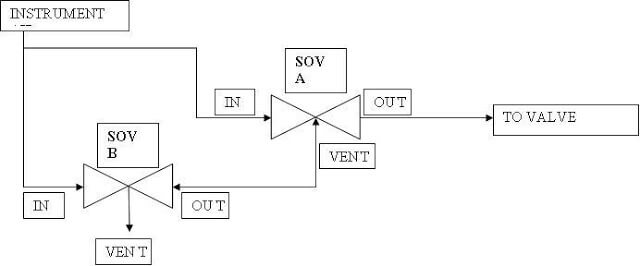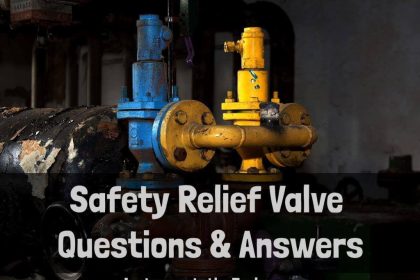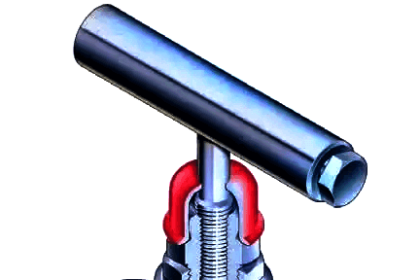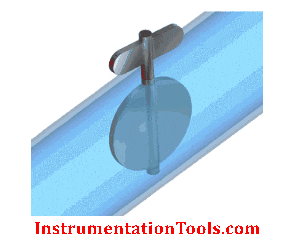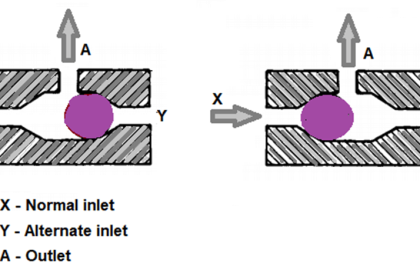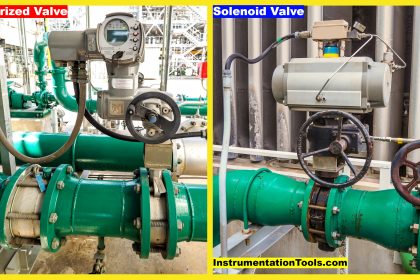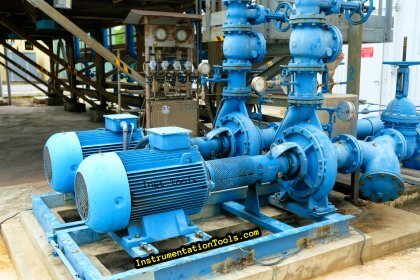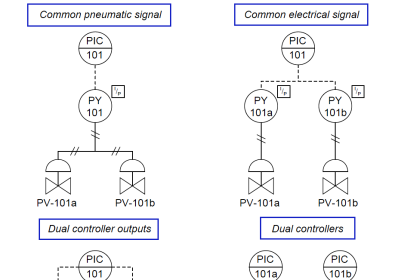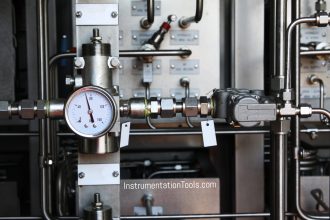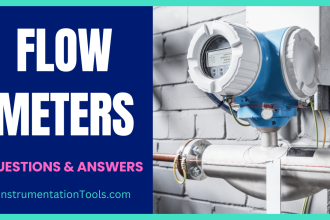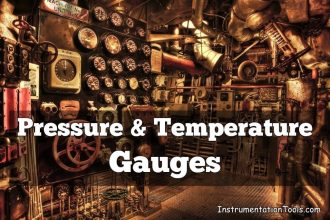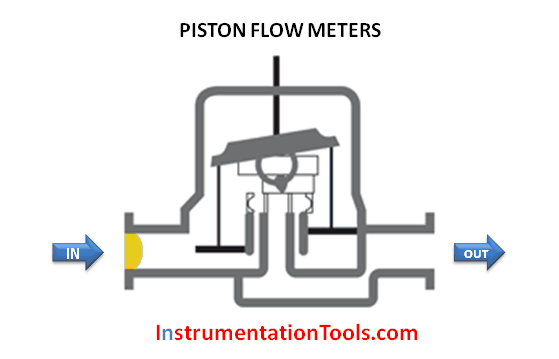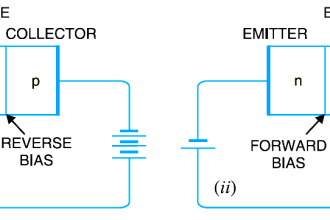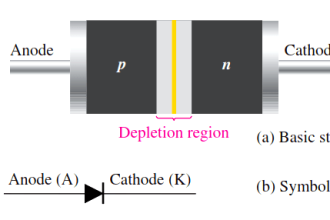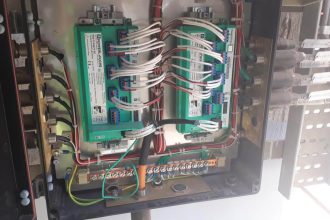A solenoid valve is an electro-mechanical device in which the solenoid uses an electric current to generate a magnetic field and thereby operate a mechanism which regulates the opening of fluid flow in a valve.
Two Solenoid Valves
Two Solenoid Valves are used in order to have redundant air supply arrangement to valve.
Now consider following cases:
Both SOV A & B are Energized:
In this case air supply is through SOV A, since SOV B exhaust is blocked because vent port of SOV A is closed.
SOV A Failed and SOV B Energized:
Since SOV A is failed so vent/exhaust port of SOV A is now open, hence exhaust of SOV B will go via vent port of SOV A to SOV exhaust port.
SOV A Energized and SOV B Failed:
Now SOV B vent port/exhaust port is open and SOV A is in line, but at the time of SOV A de-energizing vent of SOV A will pass via exhaust port of SOV B to vent port of SOV A.
Hence depresurizing the system.
